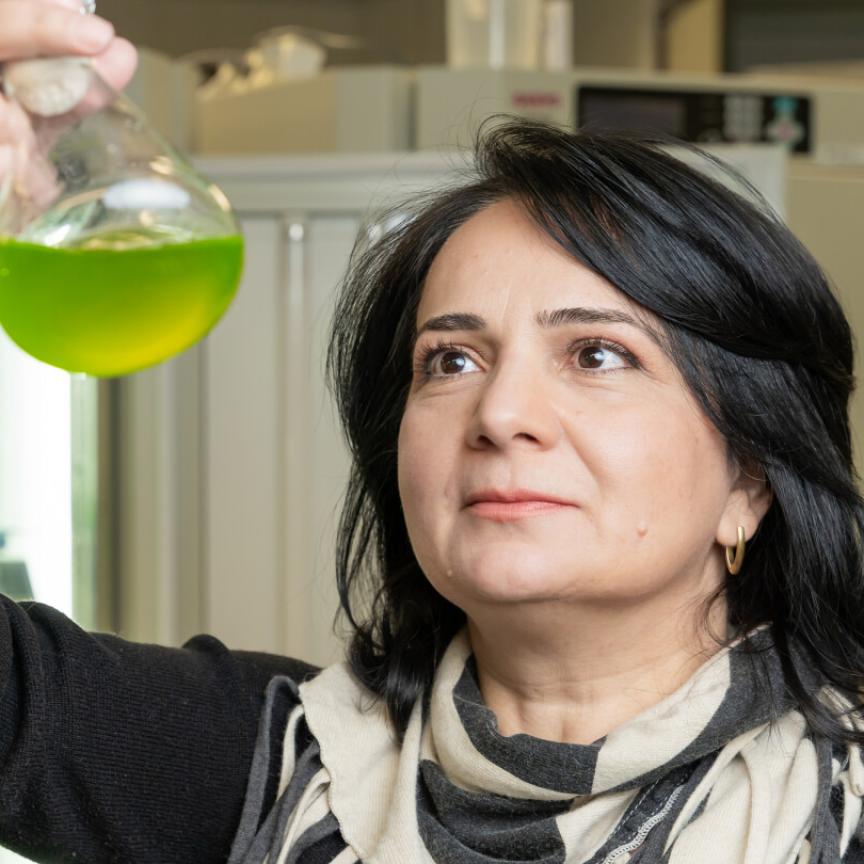Nasa has announced $150m funding for new technology to support long-term exploration of the moon.
The space agency has chosen several US companies to develop technology such as in-space 3D printing and diode lidar to support the infrastructure needed for astronauts to spend extended periods of time on the moon.
The companies Nasa has selected, along with their respective projects and the approximate value of Nasa's contribution, are as follows:
- Astrobotic Technology – LunaGrid-Lite: demonstration of tethered, scalable lunar power transmission ($34.6 million)
- Big Metal Additive – improving cost and availability of space habitat structures with additive manufacturing ($5.4 million)
- Blue Origin – in-situ resource utilisation-based power on the moon ($34.7 million)
- Freedom Photonics – highly efficient watt-class direct diode lidar for remote sensing ($1.6 million)
- Lockheed Martin – joining demonstrations in space ($9.1 million)
- Redwire – infrastructure manufacturing with Lunar Regolith ($12.9 million)
- Protoinnovations – The Mobility Coordinator: an onboard commercial-off-the-shelf software architecture for sustainable, safe, efficient, and effective lunar surface mobility operations ($6.2 million)
- Psionic – validating no-light lunar landing technology that reduces risk, size, weight, and power, and cost ($3.2 million)
- United Launch Alliance – ULA Vulcan Engine reuse scale hypersonic inflatable aerodynamic decelerator technology demonstration ($25 million)
- Varda Space Industries – conformal phenolic impregnated carbon ablator tech transfer and commercial production ($1.9 million)
- Zeno Power Systems – universal Americium-241 radioisotope power supply for Artemis ($15 million)
Depending on their size, each company will contribute at least 10-25% of the total project cost, Nasa says, while the agency’s Space Technology Mission Directorate (STMD) will issue milestone-based funded Space Act Agreements lasting for up to four years.
"Our partnerships with industry could be a cornerstone of humanity's return to the Moon under Artemis," said Dr Prasun Desai, acting associate administrator for STMD at Nasa Headquarters in Washington. "By creating new opportunities for streamlined awards, we hope to push crucial technologies over the finish line so they can be used in future missions. These innovative partnerships will help advance capabilities that will enable sustainable exploration on the Moon.”
"Partnering with the commercial space industry lets us at Nasa harness the strength of American innovation and ingenuity," said Nasa Administrator Bill Nelson. "The technologies that Nasa is investing in today have the potential to be the foundation of future exploration."


